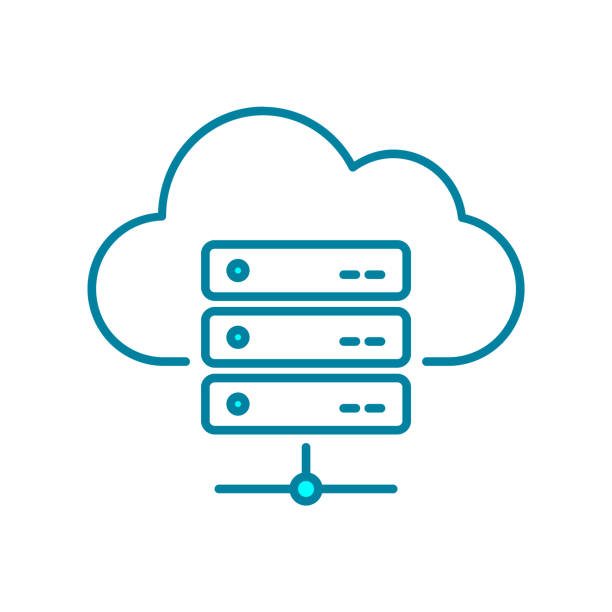
The terms multi-cloud and poly-cloud are often used interchangeably in enterprise IT discussions, but they shouldn’t. While both involve using services from multiple cloud providers, the strategic intent, architecture, and operational challenges differ significantly. As cloud environments mature and business needs grow more complex, understanding the distinction is critical for avoiding costly pitfalls and unlocking long-term agility.
Defining the Terms
- Multi-cloud refers to using multiple cloud service providers for the same application or workload. The aim is often redundancy, availability, and vendor neutrality. For instance, an enterprise might deploy a web application across AWS and Azure to ensure failover support or regulatory compliance.
- PolyCloud, on the other hand, is a design approach where different cloud providers are used for different services based on their strengths. A company might use AWS for compute, Google Cloud for AI/ML, and Azure for enterprise integrations. The goal is to optimise for best-of-breed capabilities rather than redundancy.
In short:
Multi-cloud is about resilience.
PolyCloud is about optimisation.
Why the Distinction Matters
Understanding the difference between multi-cloud and polycloud is more than just semantics, it affects everything from architecture design to team skillsets and cost models.
1. Operational Complexity
- Multi-cloud environments often require synchronised deployments, unified monitoring, and duplicate platform configuration. This adds considerable overhead in ensuring parity and managing consistent performance.
- PolyCloud introduces integration complexity rather than duplication. Each cloud provider might have its own IAM, networking model, and monitoring tools. The focus shifts to interoperability rather than mirroring.
2. Cost and Performance Trade-offs
- In a multi-cloud setup, cost efficiency often takes a back seat to availability. Running workloads simultaneously across platforms can result in duplicated expenses.
- In a poly cloud model, costs can be optimised by leveraging the strengths of each provider, but this requires a deep understanding of each platform’s pricing models and usage patterns.
3. Data Gravity and Compliance
- Multi-cloud setups have to contend with data replication and consistency challenges. Syncing data between clouds can introduce latency and raise compliance concerns.
- In polycloud, since services are distributed based on function, data governance becomes more complex, especially when data is stored in one cloud and processed in another.
4. Skillsets and Culture
- Multi-cloud often demands broad but shallow expertise across platforms. Engineers must know how to deploy and manage similar services on multiple clouds.
- Polycloud necessitates deep expertise in specific cloud-native services, requiring teams to work in more specialised silos or cross-functional pods.
5. Tooling and Automation
- Multi-cloud solutions rely on unified orchestration layers like Kubernetes or Terraform to ensure consistency across environments.
- Polycloud may benefit more from federated orchestration models and cloud-agnostic abstractions while integrating native tooling from each provider.
Common Pitfalls to Avoid
- Choosing Multi-Cloud for the Wrong Reasons: Many organisations adopt a multi-cloud strategy out of fear of vendor lock-in. But switching providers is still difficult unless the architecture is truly portable due to data gravity, APIs, and cost structures.
- Underestimating Polycloud Complexity: While using best-in-class services from different providers seems ideal, the integration tax can be substantial, especially if your organisation lacks strong cloud governance and DevOps maturity.
- Neglecting Developer Experience (DevEx): Whether multi-cloud or polycloud, inconsistent environments can frustrate developers. A smooth developer workflow across clouds requires thoughtful tooling, clear documentation, and shared practices.
Strategic Considerations
So, how should enterprises choose?
- Opt for multi-cloud if:
- Uptime and availability are mission-critical.
- Regulatory frameworks require redundancy across providers.
- You need leverage in vendor negotiations.
- Opt for polycloud if:
- You want to maximise the strengths of each cloud provider.
- Your applications can be modularised and loosely coupled.
- Your team has the bandwidth and maturity to manage integration overhead.
In some cases, enterprises may use both strategies simultaneously, leveraging multi-cloud for certain high-availability services while adopting poly-cloud for innovation-focused initiatives.
Final Thoughts
As enterprises navigate the evolving cloud landscape, clarity around multi-cloud vs. poly-cloud isn’t just helpful, it’s essential. The two models serve different purposes, pose challenges, and require distinct approaches to design and governance.
Rather than jumping on buzzwords, organisations should assess their business goals, risk tolerance, and team capabilities. With a strategic approach, multi-cloud and polycloud can be powerful enablers of agility, innovation, and resilience in 2025 and beyond.

Leave a Reply